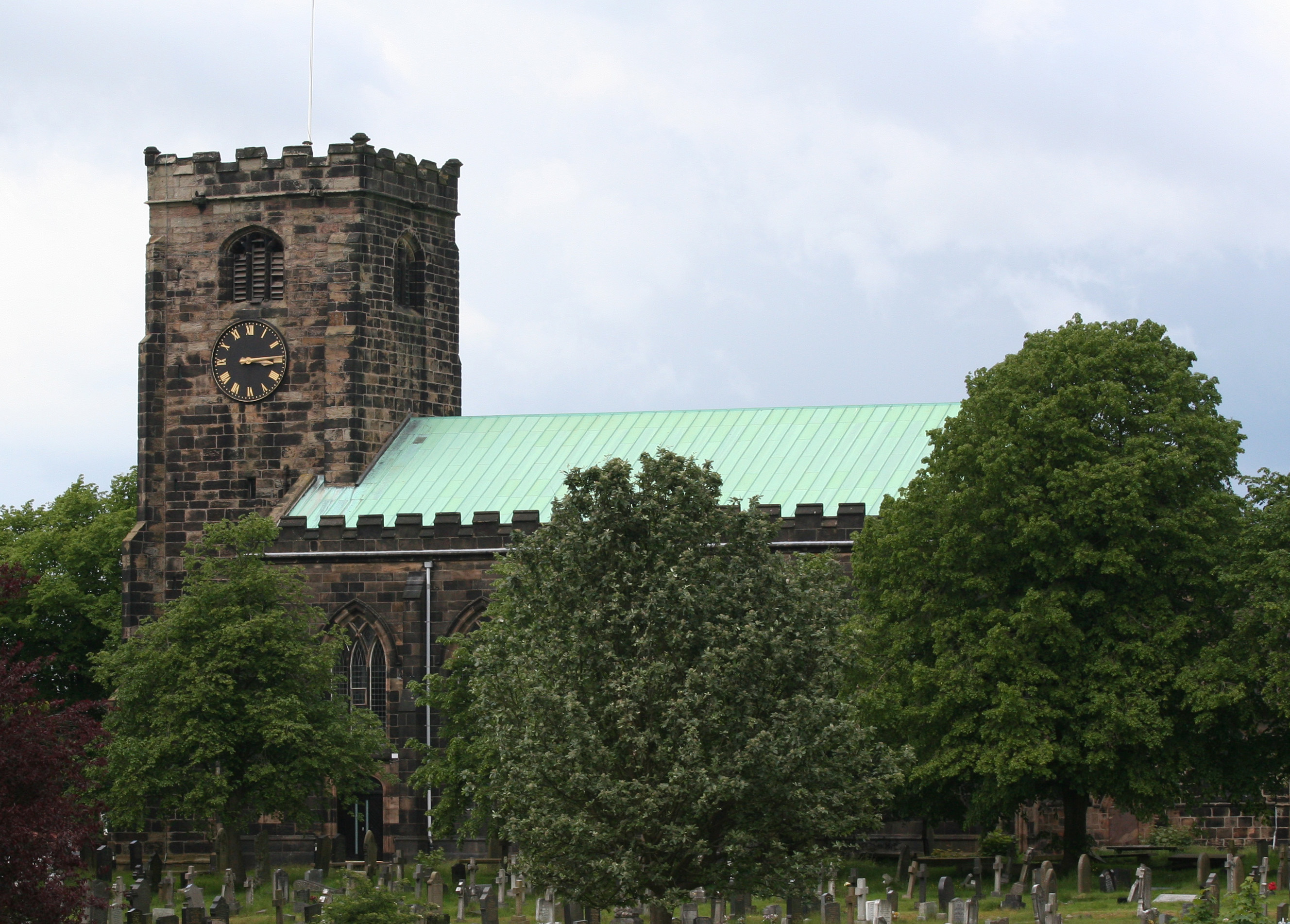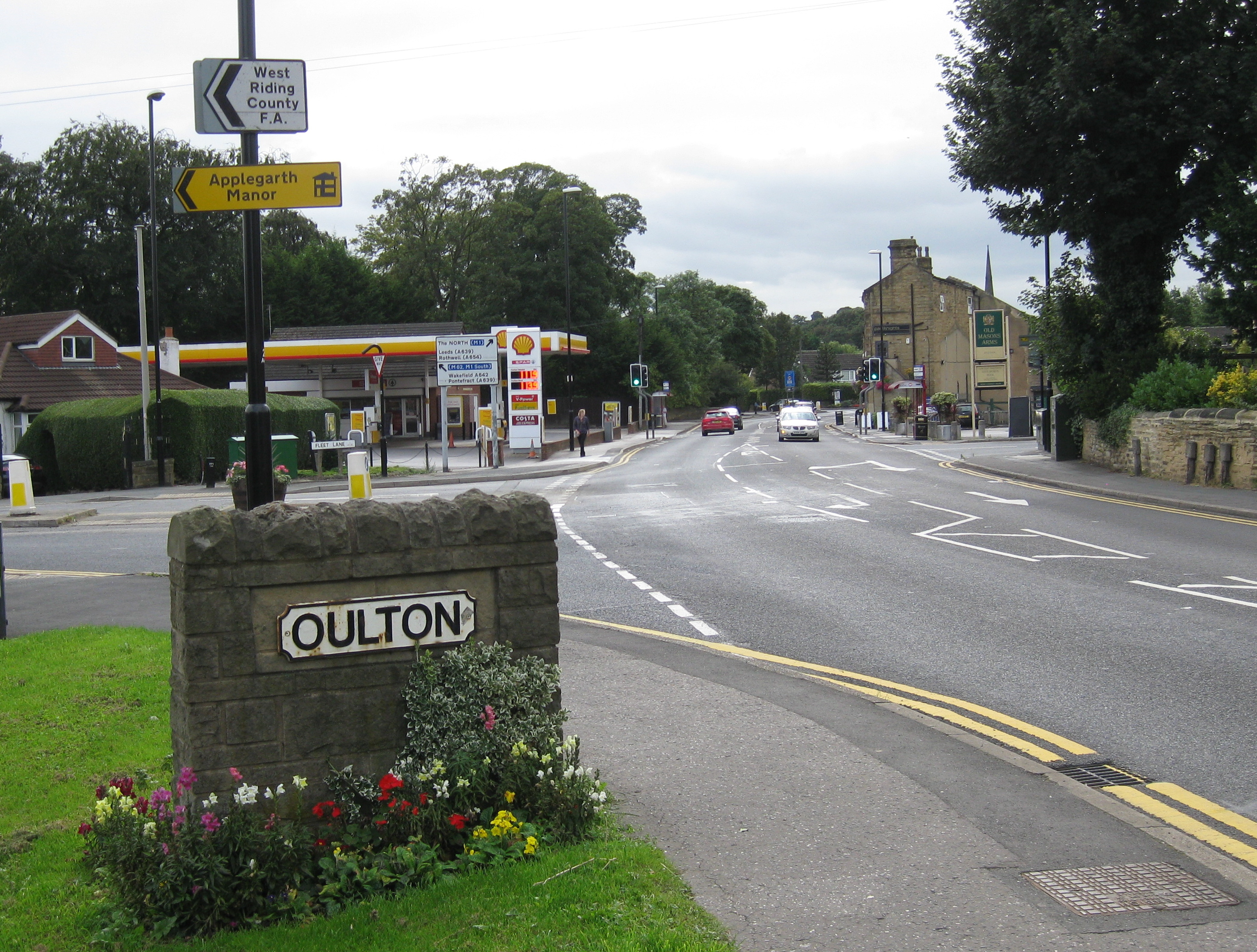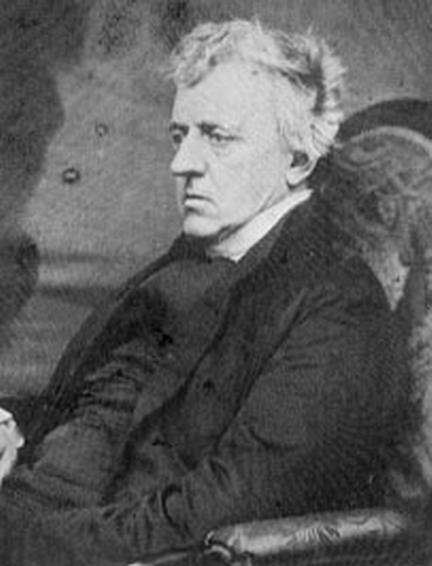|
Atherton Rawstorne
Atherton Gwillym Rawstorne (9 July 18555 May 1936) was the Bishop of Whalley (a suffragan bishop in the Anglican Diocese of Manchester, Diocese of Manchester until 1927, in the Diocese of Blackburn from 1927) from 1909 to 1936; and Archdeacon of Blackburn from 1922 to 1936. Rawstorne was born the eldest son of Robert Rawstorne, sometime Archdeacon of Blackburn, and was educated at Eton College, Eton and Corpus Christi College, Oxford. Ordained in 1879, he was appointed Curate of All Saints', Bradford, West Riding of Yorkshire (1879–1882), where the vicar was George Kennion; then when Kennion emigrated to become Anglican Bishop of Adelaide, Bishop of Adelaide, in South Australia, Rawstorne went with him as his Chaplain (1882–1886). He then served as Commissary to the Bishop of Adelaide (Kennion until 1894, then John Harmer (bishop), John Harmer) alongside his other appointments (1887–1904): he became Curate of Scarborough, North Yorkshire, Scarborough in the North Riding of Y ... [...More Info...] [...Related Items...] OR: [Wikipedia] [Google] [Baidu] |
Bishop Of Whalley
The Bishop of Whalley was an Episcopal polity, episcopal title used by a Church of England suffragan bishop; the See was created by Order in Council on 28 June 1909 (under the Suffragans Nomination Act 1888) and took its name after the large village Whalley, Lancashire, Whalley in Lancashire. ''A History of the County of Lancaster'': Volume 6 (1911), pp. 349-360. Retrieved on 9 October 2008. The suffragan bishop was originally under the jurisdiction of the Anglican Diocese of Manchester, Diocese of Manchester, but with the creation of the Diocese of Blackburn in 1926, the suffragan bishop and the Whalley area became part of the new diocese. Since 1936, the title has been in abeyance. List of bishops References External links |
West Riding Of Yorkshire
The West Riding of Yorkshire is one of three historic subdivisions of Yorkshire, England. From 1889 to 1974 the administrative county County of York, West Riding (the area under the control of West Riding County Council), abbreviated County of York (WR), was based closely on the historic boundaries. The lieutenancy at that time included the City of York and as such was named West Riding of the County of York and the County of the City of York. Its boundaries roughly correspond to the present ceremonial counties of West Yorkshire, South Yorkshire and the Craven, Harrogate and Selby districts of North Yorkshire, along with smaller parts in Lancashire (for example, the parishes of Barnoldswick, Bracewell, Brogden and Salterforth became part of the Pendle district of Lancashire and the parishes of Great Mitton, Newsholme and Bowland Forest Low became part of the Ribble Valley district also in Lancashire), Cumbria, Greater Manchester and, since 1996, the unitary East Riding of ... [...More Info...] [...Related Items...] OR: [Wikipedia] [Google] [Baidu] |
Leyland, Lancashire
Leyland () is a town in South Ribble, Lancashire, England, six miles (10 km) south of Preston. The population was 35,578 at the 2011 Census. The name of the town is Anglo-Saxon, meaning "untilled land". History English Leyland was an area of fields, with Roman roads passing through, from ancient Wigan to Walton-le-Dale. It was left undisturbed for many centuries until rediscovered shortly after the Battle of Hastings (1066). Leyland is mentioned in the Domesday Book (1085). In 1066, King Edward the Confessor presided over the whole of Leyland. The manor was divided into three large ploughlands, which were controlled by local noblemen. In the 12th century, it came under the barony of Penwortham. The area of Worden, which is now Worden Park, was one of nine oxgangs of land granted to the Knights Hospitaller, by Roger de Lacy, in Lancashire, but the land was not assigned to any individual and a local man, who was a very close friend of de Lacy, Hugh Bussel, was assigned ... [...More Info...] [...Related Items...] OR: [Wikipedia] [Google] [Baidu] |
Rural Dean
In the Roman Catholic Church and the Anglican Communion as well as some Lutheran denominations, a rural dean is a member of clergy who presides over a "rural deanery" (often referred to as a deanery); "ruridecanal" is the corresponding adjective. In some Church of England dioceses rural deans have been formally renamed as area deans. Origins The title "dean" (Latin ''decanus'') may derive from the custom of dividing a hundred into ten tithings, not least as rural deaneries originally corresponded with wapentakes, hundreds, commotes or cantrefi in Wales. Many rural deaneries retain these ancient names.Cross, F. L., ed. (1957) ''The Oxford Dictionary of the Christian Church''. London: Oxford University Press; p. 1188. The first mention of rural deans comes from a law made by Edward the Confessor, which refers to the rural dean being appointed by the bishop "to have the inspection of clergy and people from within the district to which he was incumbent... to which end ehad power to ... [...More Info...] [...Related Items...] OR: [Wikipedia] [Google] [Baidu] |
Rector (ecclesiastical)
A rector is, in an ecclesiastical sense, a cleric who functions as an administrative leader in some Christian denominations. In contrast, a vicar is also a cleric but functions as an assistant and representative of an administrative leader. Ancient usage In ancient times bishops, as rulers of cities and provinces, especially in the Papal States, were called rectors, as were administrators of the patrimony of the Church (e.g. '). The Latin term ' was used by Pope Gregory I in ''Regula Pastoralis'' as equivalent to the Latin term ' (shepherd). Roman Catholic Church In the Roman Catholic Church, a rector is a person who holds the ''office'' of presiding over an ecclesiastical institution. The institution may be a particular building—such as a church (called his rectory church) or shrine—or it may be an organization, such as a parish, a mission or quasi-parish, a seminary or house of studies, a university, a hospital, or a community of clerics or religious. If a r ... [...More Info...] [...Related Items...] OR: [Wikipedia] [Google] [Baidu] |
Oulton, West Yorkshire
Oulton is a village in the City of Leeds metropolitan borough, West Yorkshire, England, between Leeds and Wakefield. It is at the junction of the A639 and A642 roads. Though now adjoining the village of Woodlesford, it was once quite separate. The village formed part of the Rothwell Urban District until its merger into the City of Leeds Metropolitan District in 1974 and today sits in the Rothwell ward of Leeds City Council. It is also in the Elmet and Rothwell parliamentary constituency. Oulton Hall was built in 1850 and is now a hotel and conference centre. Notable and former residents * Richard Bentley theologian, critic and scholar, who became Master of Trinity College, Cambridge. * The cricketer and Anglican clergyman Henry Bell was born in Oulton. * Francis Ingram slave trader and privateer. File:Oulton Edrus Tailor 2016.jpg, Half-Timbered house on the Leeds Road, Oulton File:Oulton The Three Horseshoes 2016.jpg, Three Horseshoes inn, Oulton File:Oulton M ... [...More Info...] [...Related Items...] OR: [Wikipedia] [Google] [Baidu] |
Perpetual Curate
Perpetual curate was a class of resident parish priest or incumbent curate within the United Church of England and Ireland (name of the combined Anglican churches of England and Ireland from 1800 to 1871). The term is found in common use mainly during the first half of the 19th century. The legal status of perpetual curate originated as an administrative anomaly in the 16th century. Unlike ancient rectories and vicarages, perpetual curacies were supported by a cash stipend, usually maintained by an endowment fund, and had no ancient right to income from tithe or glebe. In the 19th century, when large numbers of new churches and parochial units were needed in England and Wales politically and administratively, it proved much more acceptable to elevate former chapelries to parish status, or create ecclesiastical districts with new churches within ancient parishes, than to divide existing vicarages and rectories. Under the legislation introduced to facilitate this, the parish priest ... [...More Info...] [...Related Items...] OR: [Wikipedia] [Google] [Baidu] |
North Riding Of Yorkshire
The North Riding of Yorkshire is a subdivision of Yorkshire, England, alongside York, the East Riding and West Riding. The riding's highest point is at Mickle Fell with 2,585 ft (788 metres). From the Restoration it was used as a lieutenancy area, having been previously part of the Yorkshire lieutenancy. Each riding was treated as a county for many purposes, such as quarter sessions. An administrative county, based on the riding, was created with a county council in 1889 under the Local Government Act 1888. In 1974 both the administrative county and the North Riding of Yorkshire lieutenancy were abolished, replaced in most of the riding by the non-metropolitan county and lieutenancy of North Yorkshire. History Archives from 1808 record that the "north-riding of York-shire" had once consisted of "fifty-one lordships" owned by Robert the Bruce. During the English Civil War, the North Riding predominantly supported the royalist cause, while other areas of York ... [...More Info...] [...Related Items...] OR: [Wikipedia] [Google] [Baidu] |
Scarborough, North Yorkshire
Scarborough () is a seaside town in the Borough of Scarborough in North Yorkshire, England. Scarborough is located on the North Sea coastline. Historic counties of England, Historically in the North Riding of Yorkshire, the town lies between 10 and 230 feet (3–70 m) above sea level, from the harbour rising steeply north and west towards limestone cliffs. The older part of the town lies around the harbour and is protected by a rocky headland. With a population of 61,749, Scarborough is the largest seaside resort, holiday resort on the Yorkshire Coast and largest seaside town in North Yorkshire. The town has fishing and service industries, including a growing digital and creative economy, as well as being a tourist destination. Residents of the town are known as Scarborians. History Origins The town was reportedly founded around 966 AD as by Thorgils Skarthi, a Viking raider, though there is no archaeological evidence to support these claims, made during the 1960s, as p ... [...More Info...] [...Related Items...] OR: [Wikipedia] [Google] [Baidu] |
John Harmer (bishop)
John Reginald Harmer (11 August 1857 – 9 March 1944) was a long-serving Anglican bishop who served in two dioceses. Early life Harmer was born into a clerical family (his parents were George Harmer, Vicar of Maisemore, and Kate, née Kitching) and educated at Eton College and King's College, Cambridge. Ordained priest in 1884, he was a curate at Monkwearmouth before becoming Vice-Principal of the Clergy Training School in Cambridge. From 1892, he was Dean of Corpus Christi College, Cambridge before appointment to the colonial episcopate with his election as Bishop of Adelaide in March 1895. He was consecrated a bishop in Westminster Abbey and 23 May and was enthroned at St Peter's Cathedral, Adelaide on 4 July 1895. In 1905, he was translated back to England when he was elected Bishop of Rochester. He was enthroned at Rochester Cathedral in July 1905 and served for a quarter of a century before his retirement in 1930. As Bishop of Rochester, Harper presided over a dioc ... [...More Info...] [...Related Items...] OR: [Wikipedia] [Google] [Baidu] |
Chaplain
A chaplain is, traditionally, a cleric (such as a Minister (Christianity), minister, priest, pastor, rabbi, purohit, or imam), or a laity, lay representative of a religious tradition, attached to a secularity, secular institution (such as a hospital, prison, Military organization, military unit, intelligence agency, embassy, school, labor union, business, Police, police department, fire department, university, sports club), or a private chapel. Though originally the word ''chaplain'' referred to representatives of the Christian faith, it is now also applied to people of other religions or philosophical traditions, as in the case of chaplains serving with military forces and an increasing number of chaplaincies at U.S. universities. In recent times, many lay people have received professional training in chaplaincy and are now appointed as chaplains in schools, hospitals, companies, universities, prisons and elsewhere to work alongside, or instead of, official members of the clergy ... [...More Info...] [...Related Items...] OR: [Wikipedia] [Google] [Baidu] |
South Australia
South Australia (commonly abbreviated as SA) is a state in the southern central part of Australia. It covers some of the most arid parts of the country. With a total land area of , it is the fourth-largest of Australia's states and territories by area, and second smallest state by population. It has a total of 1.8 million people. Its population is the second most highly centralised in Australia, after Western Australia, with more than 77 percent of South Australians living in the capital Adelaide, or its environs. Other population centres in the state are relatively small; Mount Gambier, the second-largest centre, has a population of 33,233. South Australia shares borders with all of the other mainland states, as well as the Northern Territory; it is bordered to the west by Western Australia, to the north by the Northern Territory, to the north-east by Queensland, to the east by New South Wales, to the south-east by Victoria, and to the south by the Great Australian Bight.M ... [...More Info...] [...Related Items...] OR: [Wikipedia] [Google] [Baidu] |






